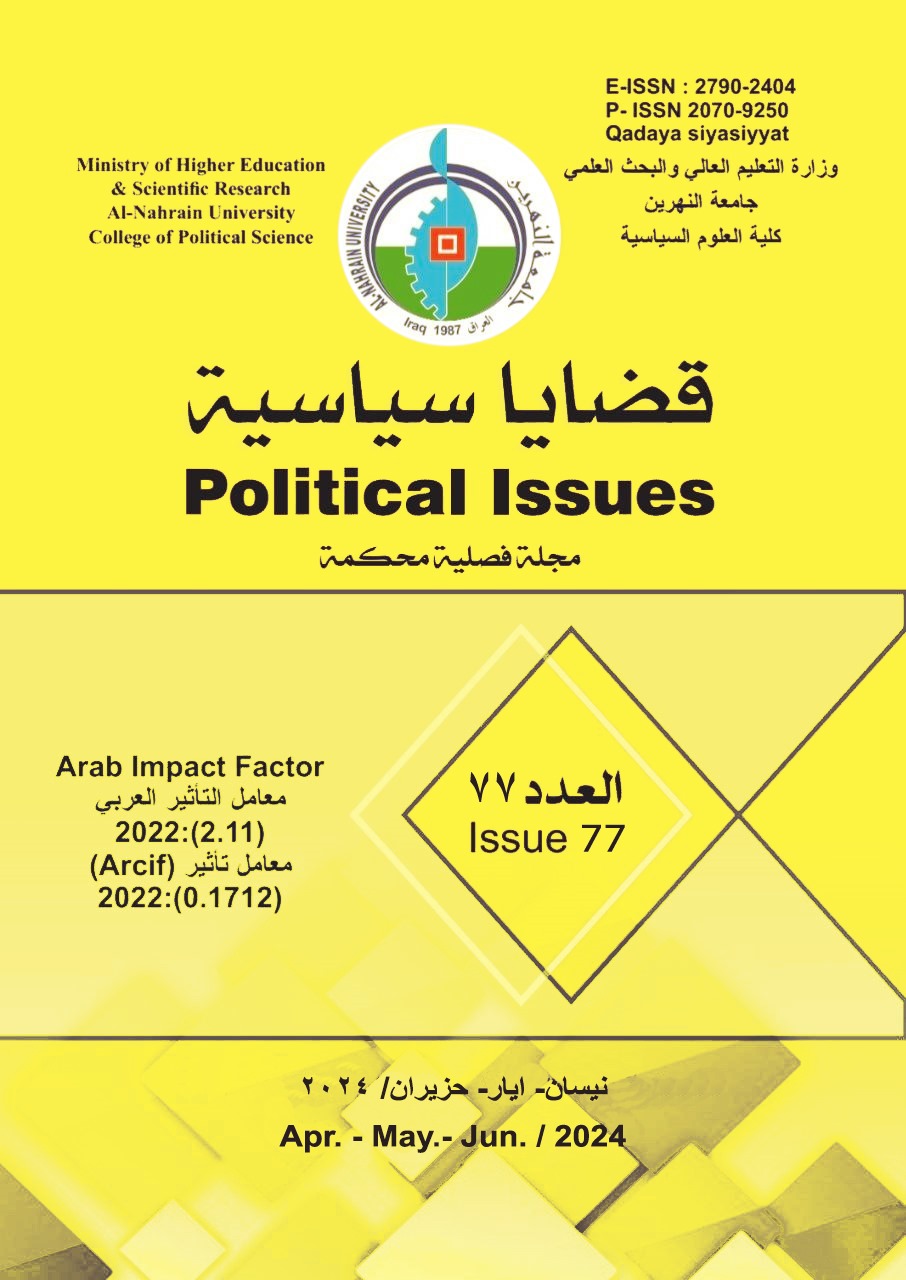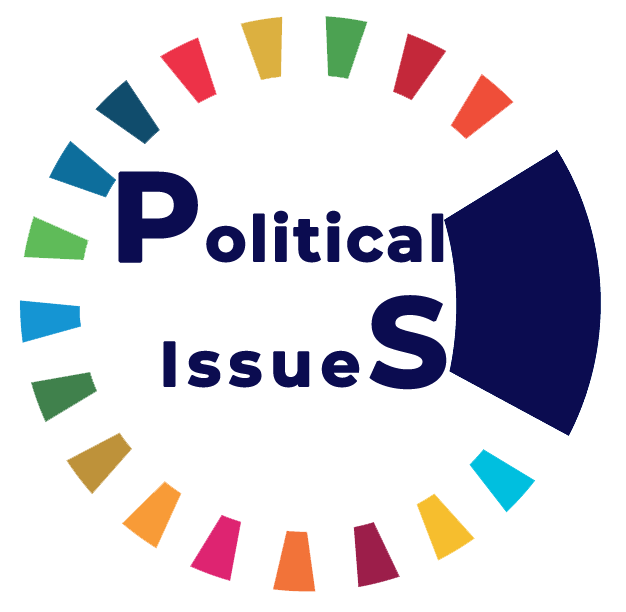The Arab Revolutionary Paradigm : An Evaluative-Prospective Reading in Light of Ongoing Political and Socio-Economic Transformations Underway
DOI:
https://doi.org/10.58298/772024513Keywords:
The Arab Revolutionary Paradigm , Economic and social crises , Deteriorating living conditions , Authoritarianism, A new revolutionary waveAbstract
This study discusses the possibility of a new revolutionary wave within the context of an Arab revolutionary pattern qualified to explode under the impact of political and economic factors. These factors are linked to the failures resulting from the 2011 wave, whether in terms of its failure to establish a genuine path for legal, democratic, and economic reform or the success of the political elite, which the revolutions sought to eliminate at that time, in regaining its dominance over political power before the first decade of these revolutions concluded. There are also socio-economic factors related to the chronic failure of the social policies of authoritarian regimes. These policies not only previously produced social inequality and exclusion but also continued to fail in evaluating and mitigating them after regaining power, especially after their exacerbation due to the recent global economic crises. These crises heightened the deterioration of the living conditions of Arab peoples, as broad segments of their middle class slipped into poverty, fragility, and unemployment, or found themselves on the margins of society. The study concludes that the gap between political systems and Arab peoples is widening, and the recorded decline in the social conditions of Arab peoples in their politically turbulent reality is likely to push them towards revolution once again. Consequently, reducing the social discontent that triggers revolutionary action now requires Arab systems to expedite comprehensive political, economic, and developmental reforms.
Keywords : The Arab Revolutionary Paradigm - Economic and social crises - Deteriorating living conditions – Authoritarianism - A new revolutionary wave.
References
Dayan-Herzburn, Sonia, Les révolutions arabes ou les nouvelles modalités de l’agir collectif, Centre Arabe de Recherche et de Politique de Paris (CAREP Paris), Février 2021, consulté le 27/09/2023, disponible sur : https://2u.pw/vBDoKzn
Dussouy, Gérard, Le Pragmatisme : Outil d’analyse du monde. (Paris : Copyright Editions, , 2019).
Funder for Peace, Fragile States Index Annual Report 2023, 14/06/2023, accessed 28/10/2023 in : https://n9.cl/3hijp
Hearst, David, Arab despots may have won the battle, but the struggle is not yet over, Middle East Eye, 23/12/2021, accessed 24/12/2021, in : http://bit.ly/3V1bYJv
Khader, Bichara, « Printemps Arabe » : entre autoritarisme et démocratie, Politique étrangère, no 4(Hiver 2011).
L. Esposito, John and others, Islam and Democracy After the Arab Spring. (New York : Oxford University Press , 2016).
Melyani, Mohamed, Printemps arabe : entre le pire des scénarios et l’aspiration à la citoyenneté.( Paris : L’Harmattan, 2015).
Political Stability - Country Rankings 2021, TheGlobalEconomy.com, accessed 30/10/2023, in : https://n9.cl/wmbwfu
S.Sorenson, David, Transitions dans le monde arabe : printemps ou automne ?, vol.3, no. 1(1er trimestre 2012).
Stockholm International Peace Research Institute (SIPRI), SIPRI Military Expenditure Database, accessed 28/10/2023, in : https://milex.sipri.org/sipri
The Economist Intelligence Unit, Democracy Index 2022: Frontline democracy and the battle for Ukraine, accessed 30/10/202, in : https://n9.cl/utn0q1
United Nations Economic and Social Commission for Western Asie (ESCWA), 8,3 millions de personnes tomberont dans la pauvreté dans la région arabe à cause du COVID-19, 1/04/2020, consulté 28/09/2023, disponible sur : https://n9.cl/29hz9
United Nations Economic and Social Commission for Western Asie (ESCWA), ESCWA in its annual Survey of the Arab region: one third of its population living below lines despite positive growth, 30/12/2022, accessed 10/10/2023, in : https://n9.cl/u4kvo
Additional Files
Published
Issue
Section
License
Copyright (c) 2024 محمد العوفي

This work is licensed under a Creative Commons Attribution 4.0 International License.
This is an Open Access article distributed under the terms of the creative commons attribution (CC BY) 4.0 international license which permits unrestricted use, distribution, and reproduction in any medium or format, and to alter, transform, or build upon the material, including for commercial use, providing the original author is credited.



